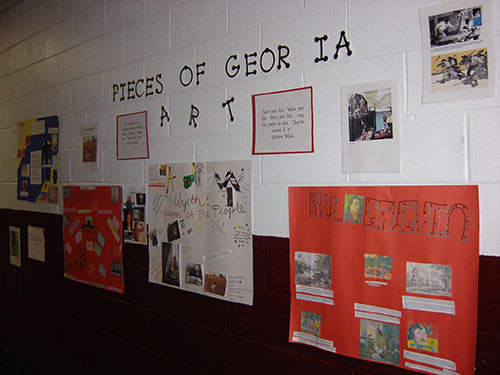

Many other systems utilized raised versions of print letters, which can be hard to navigate and understand with just the fingers.

While braille isn’t the only system for helping the blind and visually impaired read, it is the most successful. Expert readers can reach speeds of 200 words per minute! On average, someone reading braille can read about 125 words per minute. This helps to speed up the reading of braille and also shortens the length of braille books, making them less bulky and easy to use. While most of the system uses the raised dots to represent numbers and letters, some combinations of the dots are also used to represent common words that appear in a language. Some people also use other fingers to read, but it’s common to just use the index fingers. In order to read braille, the person moves their two index fingers from left to right over the raised dots.

Braille also has symbols that show punctuation to make the reading experience clear and coherent. The reader can identify each character by tracing over the dots with their fingers. A varied arrangement of raised dots represent letters and numbers. Braille is a communication system that is designed specifically for people who are not able to see. For children who are blind or have visual impairments, reading books and looking at the whimsical illustrations poses a challenge. VERDICT An engaging and moving account of an inventor, a solid addition for elementary collections.-Jody Kopple, Shady Hill School, Cambridge, MAīooks help children to expand their imaginations, learn new words and develop their speaking skills. Kulikov’s mixed-media artwork mirrors and magnifies the text, keeping the spotlight solidly on young Braille and his world as he moves through it.

She writes from his perspective, which brings a level of intimacy sure to resonate with readers. The focus on Braille as one of the world’s great inventors is apt, and by taking a close look at his childhood, his family, and his experiences as a young person, Bryant makes Braille’s story even more powerful. Braille ultimately found success by simplifying a military coding technique that had earlier been introduced but was far too complex. Readers will learn how he attended the Royal School in Paris and was frustrated by the lack of books for the blind, an obstacle that set him off on a long quest to invent an accessible reading system. The text highlights Braille’s determination to pursue an education. Gr 1–4-This picture book biography of Louis Braille (1809–59) strikes a perfect balance between the seriousness of Braille’s life and the exuberance he projected out into the world.


 0 kommentar(er)
0 kommentar(er)
